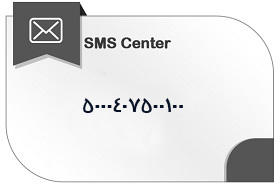The predictive values of two MRI and MRV neuroimaging tests in headache patients without neurologic symptoms
Department of imaging, Milad Hospital,TEHRAN, IRAN
Abstract
Background and Purpose: This study conducted to evaluate the predictive values of two MRI and MRV diagnostic tests in headache patients with different non-specific neurologic symptoms such as blurred vision, nausea, and dizziness sings or all of them.
Materials and Methods: The research population consisted of peoples (n: 54, male; n: 176, female) who referred to three Tehran hospitals, Departments of Neurology, were assigned into 2 groups based on their clinical symptoms, including: HG: patient only suffered from headaches; HBNDG: patients suffered from headache accompanied with one blurred vision, or nausea, and or dizziness sings or all of them. Then, brain MRI and MRV tests were performed for all subjects. There was a poor agreement between two neuroimaging tests in both HG and HBNDG patients. MRI test had low sensitivity in HG patients, HBNDG patients and in all participants. So MRI was a highly specific test in two groups.
Results: There was no significant difference between groups based on different clinical symptoms (P = 0.33) in age. The female participants had significantly lower age in comparison with males (40.3 ± 0.97 vs. 45.5 ± 2.04, respectively, P = 0.005). MRV was a relatively sensitive test in all participants (≥ 50). Additionally, the specificity was moderate (nearly 64.5) in all groups.
Conclusions: This investigation shows MRV is more sensitive than MRI for recognition of brain abnormalities in patients with headaches accompanied by nausea, dizziness, and blurred vision. It was suggested that the combination of these clinical symptoms with headache increase the diagnostic values of the MRV test.
Keywords: MRI, MRV, neuroimaging, headache patients




















